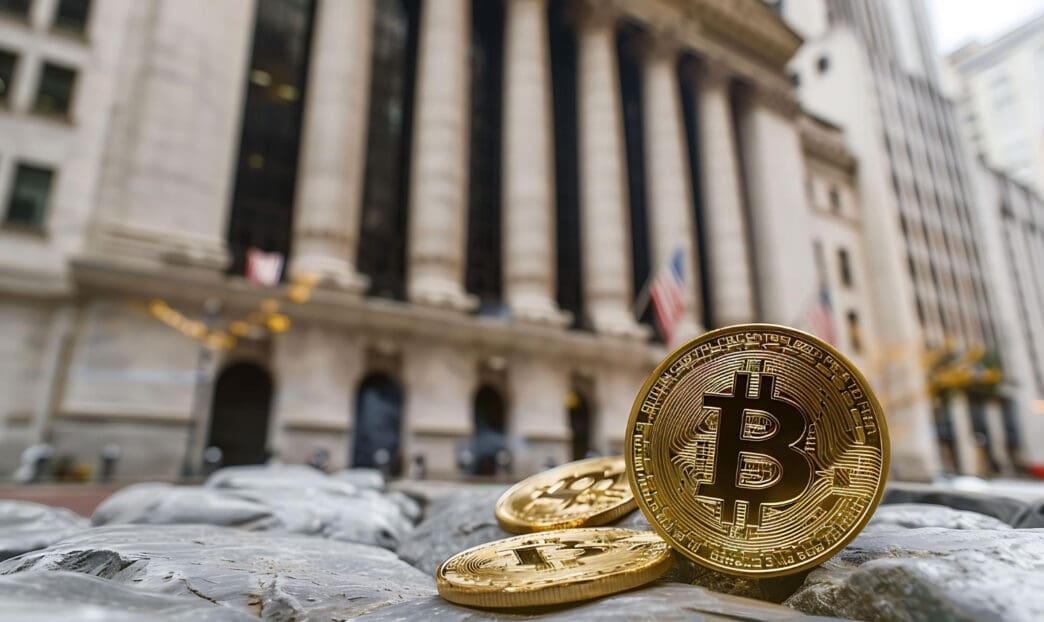Executive Summary
The Story So Far
Why This Matters
Who Thinks What?
The Federal Reserve is actively encouraging U.S. banks to engage with the cryptocurrency industry, signaling a notable shift in its stance. Federal Reserve Chair Michelle Bowman stated at the Wyoming Blockchain Symposium on August 19 that banks risk becoming irrelevant if they do not participate in blockchain innovation. To facilitate this, the Fed has removed “reputational risk” from its bank supervision guidelines, aiming to make institutions more comfortable collaborating with legitimate crypto companies.
Fed’s Strategic Shift
Bowman outlined a new four-principle plan to guide the Fed’s approach to digital assets. These principles include providing regulatory certainty to encourage investment, implementing tailored regulation that considers individual cases, ensuring robust consumer protection through existing laws, and fostering American competitiveness in financial technology. This framework aims to attract talent and innovation within the U.S. financial sector.
To further promote understanding, the Federal Reserve will now permit its staff to hold small amounts of digital assets. This initiative is designed to provide employees with firsthand experience and a deeper comprehension of the underlying technology. The broader mindset indicates the Fed now views crypto as a potential partner rather than solely a threat to the traditional financial system.
The Source’s View on Bitcoin Hyper
The source article, published by Bitcoinist, connects the Federal Reserve’s policy shift to the potential for projects like Bitcoin Hyper ($HYPER). The article describes Bitcoin Hyper as a new Layer 2 network built on top of Bitcoin, designed to address perceived limitations such as slow transactions, high fees, and a lack of support for decentralized finance (DeFi) applications and non-fungible tokens (NFTs). It claims the network offers faster speeds and lower fees while maintaining Bitcoin’s security.
According to the article, Bitcoin Hyper utilizes the Solana Virtual Machine (SVM) to enable the creation of high-speed, scalable smart contracts and decentralized applications (dApps) that can process thousands of transactions per second. The project reportedly includes a decentralized Canonical Bridge for moving Bitcoin to and from the Hyper network. The $HYPER token is presented as the ecosystem’s utility token, used for transaction fees, staking rewards, and governance, with the article noting a dynamic staking reward rate.
Implications for the Crypto Landscape
The Federal Reserve’s policy adjustment is framed by the source article as a “green light” for mainstream crypto adoption. This shift is seen as validating the purpose of new infrastructure projects that aim to bridge traditional finance with the decentralized future. The article suggests that projects like Bitcoin Hyper could significantly benefit from this merging of regulatory support and technological innovation.
In conclusion, the Federal Reserve is actively encouraging U.S. banks to engage with the crypto industry, removing previous barriers and outlining a new regulatory approach focused on innovation, certainty, and protection. The source article highlights this policy shift as a catalyst for broader adoption, specifically pointing to projects like Bitcoin Hyper as examples of the infrastructure being built to evolve the financial system.








